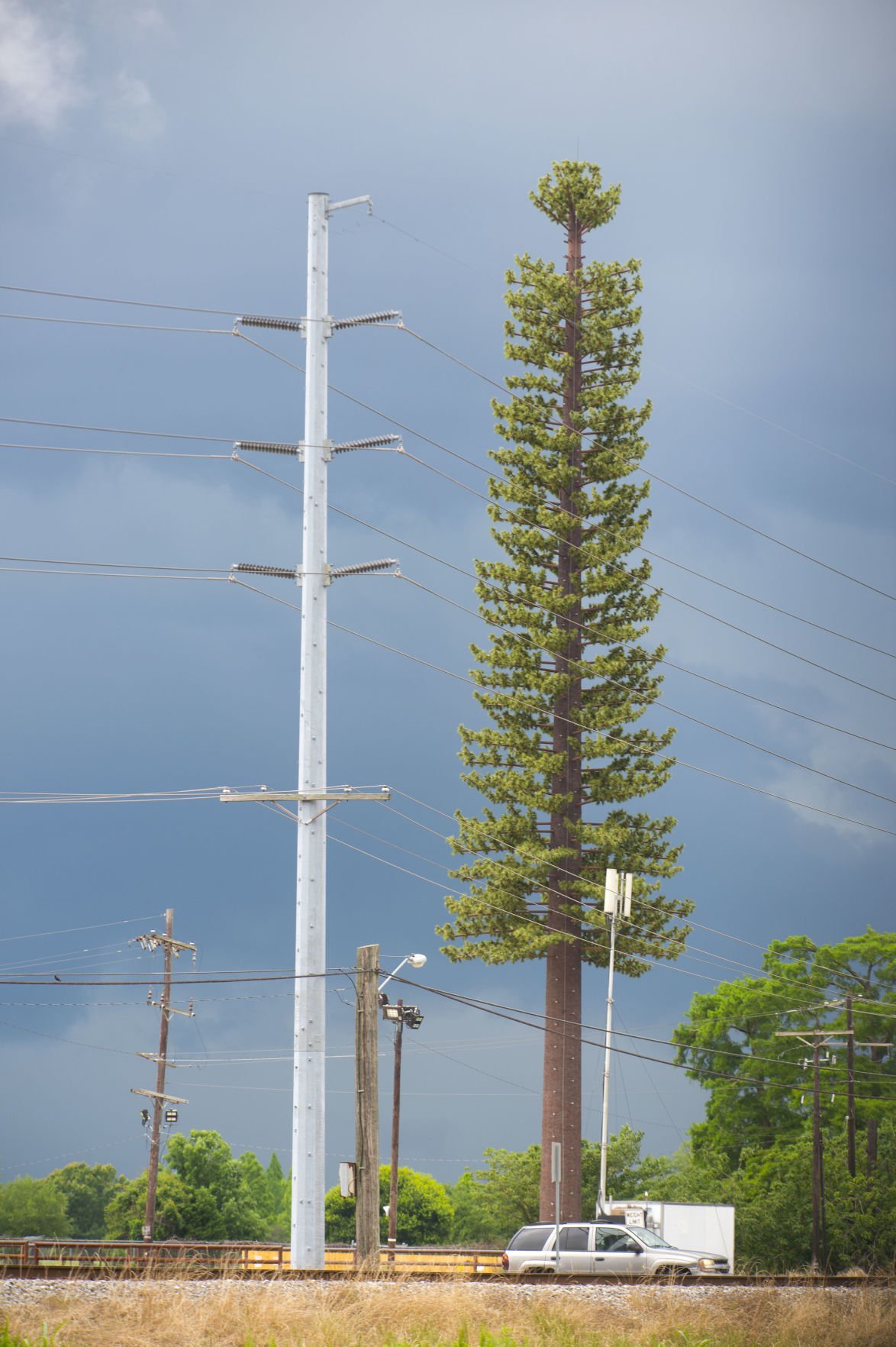If you've ever been through a town and spotted tiny 5G cell towers on the poles of street lights. https://te.legra.ph/How-Far-Away-From-a-new-5G-Mobile-Tower-For-anybody-who-is-04-26 look like small boxes however, they're actually transmitting wireless signals from cellular providers to your mobile.
They are replacing larger specially-designed cell towers. While they're less noticeable however, they could cause problems for people.
The of the FCC's Radiation Exposure Thresholds
The FCC's Radiation Exposure Thresholds define the maximum amount of time a person can be exposed to electromagnetic radiation from wireless devices. The exposure limits are based on research that show that RF energy could cause harm to health.
The specific absorption rate (SAR) is a measure of the radiofrequency energy taken up by tissues. It is typically 1.6 Watts per kilogram calculated over one kilogram of tissue.
However, because 5g transmits at higher frequencies, it has the potential to cause greater energy intensity on the skin and other exposed body areas. This can lead to a wide range of possible harms, like the formation of skin disorders such as dermatitis and cataracts and skin cancer.
Due to the potential for harmful effects of radiation from 5G, PSU has chosen to create a general maximum power density of four mW/cm2 measured over 1 cm2, but not to exceed 30 minutes, for all 5G services at 3000 GHz. This localized limit is consistent with the highest spatial-average SAR of 1.6 W/kg, which is averaged over 1 grams of tissues at six GHz.
The FCC's Maximum Exposure Thresholds
If you've ever used a cell phone, then you're aware that a safe location from the tower is at least 400 meters. This is due to the power of transmission from cell towers increases drastically the further your location from the tower.
Although this may sound like a good idea, the reality is that people who live close to towers could be more prone to health issues. For instance, a 2014 study in India discovered that people living within 50 meters of cell towers experienced significant more health issues than those who lived farther far from antennas.

This study found that people who moved to areas further away from cell towers noticed their symptoms return to normal within a few days. safe distance to live from cell phone tower have shown that exposure to high amounts of electromagnetic field radiofrequency (EMFs) can cause cancer, brain tumors as well as other health issues.
This is due to the fact that RF radiation, which is utilized for wireless communication, has the ability to penetrate the human body's outer layer of skin. This is important to understand because the skin acts as a barrier to protect against mechanical injury, infection from pathogenic microorganisms, as well as infiltration of toxic substances. Additionally, it is the biggest organ in the human body. It is responsible for protecting other organs.
The FCC's Minimum Exposure Thresholds for the Minimum Exposure
The FCC's Minimum Exposure Thresholds are based on numerous assumptions that aren't supported by scientific research. This includes the false assumption that short-term exposures to RF radiation are safe because of the minimal penetration into the body (i.e. the heating of tissues).
This assumption does not take into account the more extensive penetration of ELF parts of modulated RF signals, as well as the consequences on the body of short bursts caused by RF pulses. These assumptions do not correspond with current knowledge of the biological effects of RF radiation. Therefore Great site should not be used for health protective exposure standards.
Additionally there is the fact that both ICNIRP and FCC limit their maximum radiation limits for local peak SARs, based on the maximum spatial specific absorption rate (psSAR) which is not a reliable dosimetric instrument to determine the degree of exposure to RF radiation. Particularly it is inconclusive for frequencies above 6 GHz. In addition, psSAR is not been evaluated for RF radiation exposed to other environmental agents such like sunlight. Interactions of RF radiation and other environmental agents may produce synergistic or antagonistic effects. This could result in an increased risk of adverse health effects. For example, co-exposure to RF radiation with sunlight may cause an increase in the incidence of skin cancer, as well as aggravate other skin conditions like acne.
